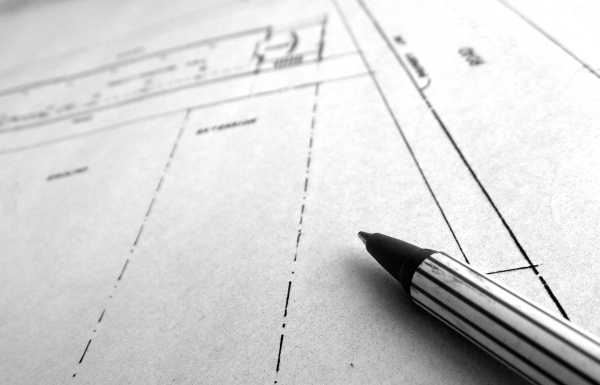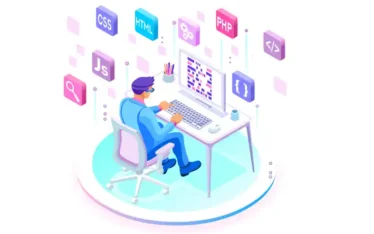How to quickly improve the web design – part 1
8. Make every page look and behave as a landing page. Website design assumes that the visitor enters the website through the home page and then he navigates into the site. Considering a large amount of visitors use a search engine, most of them start on a different page, that is not the home page. The website should be designed in a way that allows key information and call-to-action to be accessible everywhere.
9. Place your call-to-action button and contact form above the fold. Paying attention to the fold is about making the website as usable as possible. The portion of the website that is above the fold is the most valuable real estate on a website.
10. Use responsive design. Responsive design automatically adapts to how the site is being displayed. Instead of building a website or application for every device, a responsive site is designed to adapt to the browser size, providing the user with a better experience.
11. Don’t use Flash. There are other options that are much more Web and user friendly. HTML5 uses search-engine friendly text and also the ability to function on the popular mobile OS’s without requiring a plug-in.
12. Make form submission buttons so appealing that visitors can’t help themselves. Make them want to click on it. You may change color, gradient, opacity or font treatment when a visitor hovers over your submit button,
13. Test your design. Whether you are testing different shades of a color or trying different placements for a call-to-action, website optimization can make a big impact to your bottom line. User testing, A/B testing and simple analytics can help you continuously improve your design with feedback provided by real people.
Do you need a professional web designer to revive your website?





